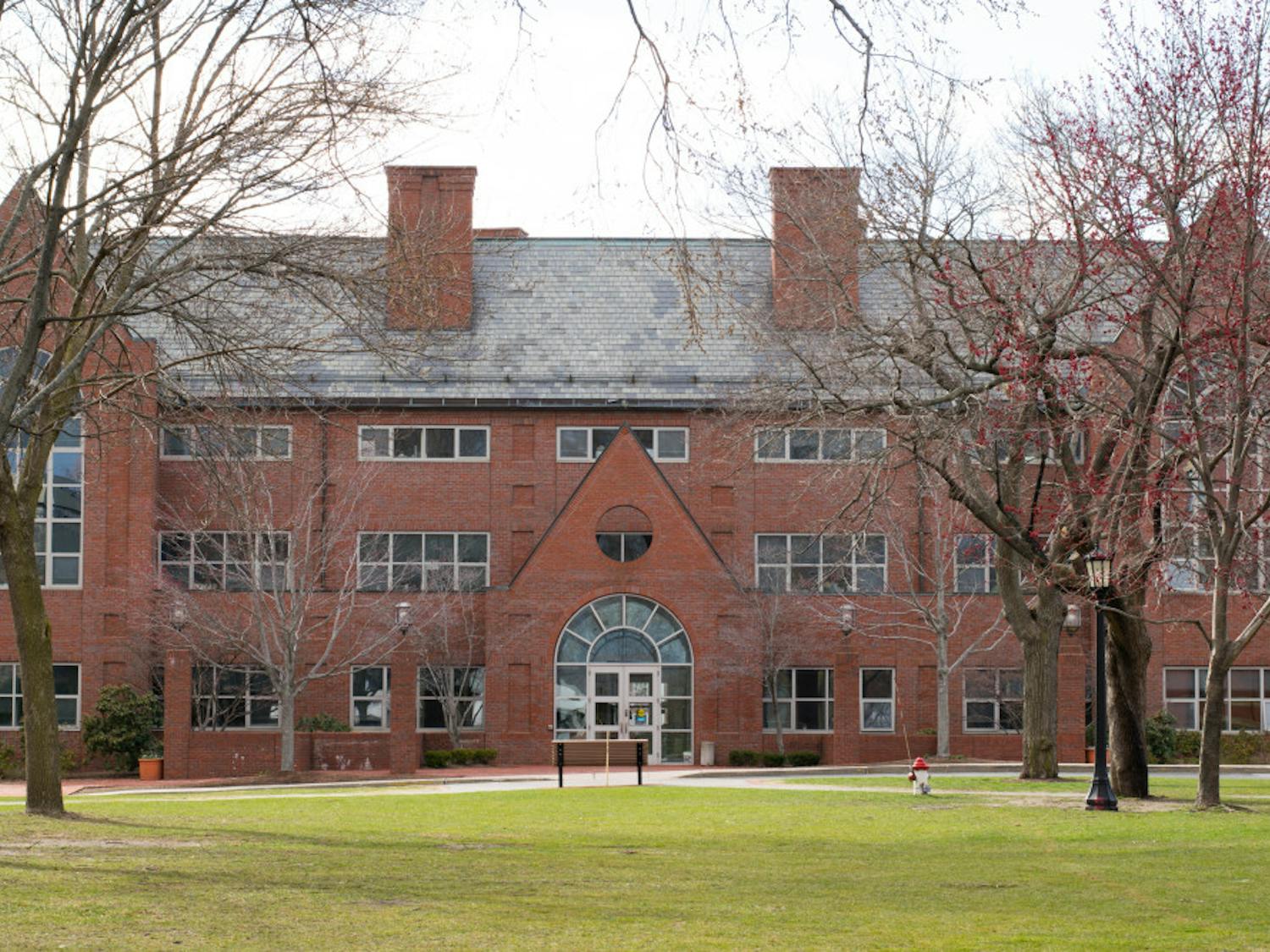Human: Home
By Quinn Pham | October 22You know that weather app that comes with the iPhone? I think my mom added a Medford tab to hers because a couple days ago, out of the blue, she nagged me about wearing my puffy winter coat and an extra layer of pants since the temperature had dropped to below 10℃. I did not, but I told her I appreciated her concern. Her reminder did, however, make me feel a little homesick. This time of year invariably brings my thoughts closer to home than usual.


















